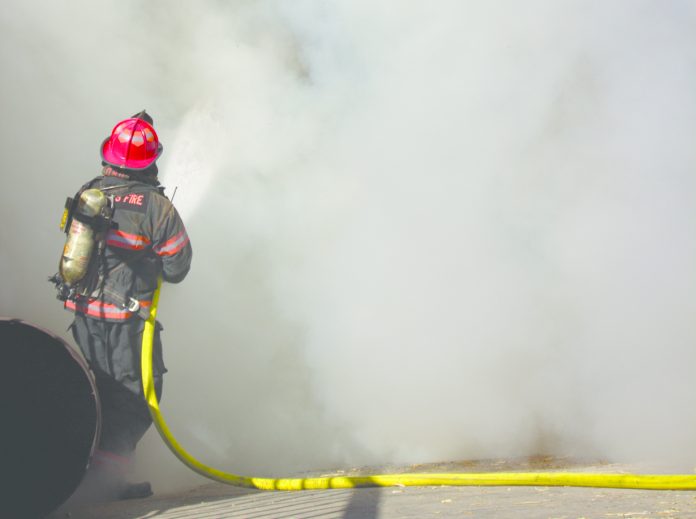
Future actions of the San Diego County Board of Supervisors will implement elements of the San Diego County Regional Fire Authority’s five-year strategic plan for Fiscal Years 2019-2020 through 2024-25.
The county supervisors heard a presentation on the strategic plan Sept. 24 and voted 4-0, with Greg Cox in Washington, DC, to receive the plan.
The strategic plan focuses on four groups of goals: employee health and professional development, providing exceptional emergency services, resilient communities and organizational excellence including fiscal stability.
“It’s about saving lives. It’s about saving property and making sure we work together to do that,” said Supervisor Dianne Jacob.
The SDCRFA was created in 2008 and initially included territory not within the boundaries of a public agency but served by a volunteer fire department. A 2011 expansion added five county service areas covering fire protection and emergency medical services, and in 2015 the Pine Valley Fire Protection District and San Diego Rural Fire Protection District were brought into the SDCRFA.
The county fire department now has 35 stations and more than 500 first responders serving 42 of San Diego County’s unincorporated communities. In 2018 the SDCRFA responded to more than 7,000 incidents although that includes false alarms.
“The past five years has been a period of significant growth and improvement for County Fire,” said San Diego County Regional Fire Authority fire chief Tony Mecham.
“The County Fire Authority is now recognized in the region as being a true partner with other fire entities,” Jacob said.
Some fire districts opted to remain as independent entities.
“A collaborative effort has been made with these other jurisdictions,” said Supervisor Jim Desmond. “We’re fighting it as one team on one mission.”
The professional health and development goals involve promoting a culture of ethical leadership, implementing a career development strategy, establishing a permanent wellness and safety bureau, empowering and engaging the workforce to accomplish the SDCRFA mission effectively, and developing a succession management plan.
The exceptional emergency services goals focus on improving the delivery of pre-hospital medical services, enhancing all hazard response capabilities, providing safe and operationally efficient staffing levels, ensuring the effective deployment of resources, and enhancing community involvement and public communication.
The resilient communities goals are to develop and implement more cohesive pre-fire strategies, reduce potential for loss in existing structures, strengthen fire safety measures in new construction, enhance pre-fire vegetation management, and improve pre-fire emergency planning.
The organizational excellence and fiscal stability objectives seek to implement a unified and comprehensive budget process, provide for the emerging needs and long-term sustainability of capital assets, utilize technology to improve services and reduce costs, maximize revenue and leverage resources, and create a sustainable system of internal communications.
“We’re just not resting on our laurels,” Jacob said. “We’re actually moving forward into a higher level of preparedness.”













